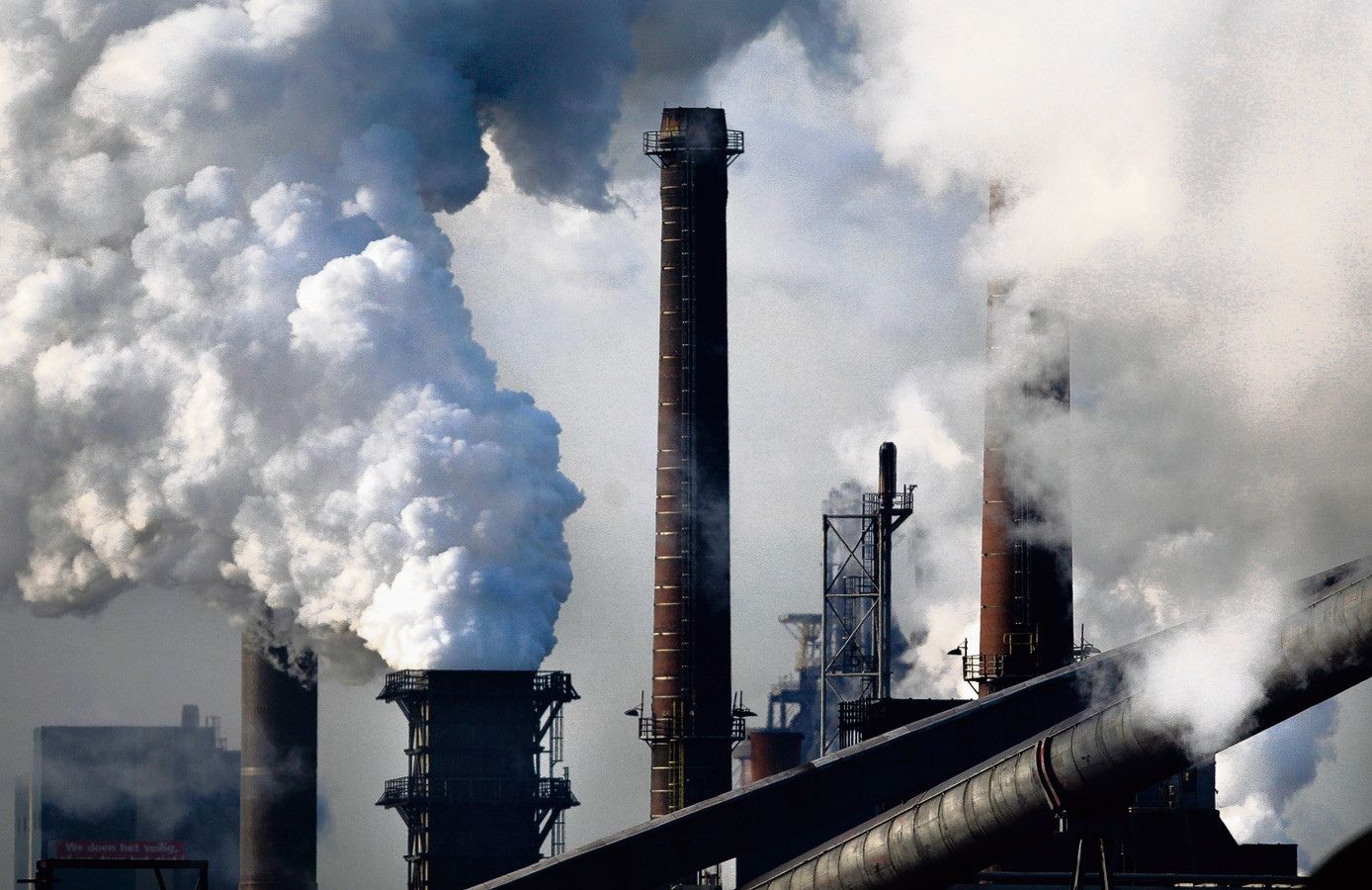
Measurements of pollutant emissions into the atmosphere
Industrial air emission measurements are specialised procedures aimed at quantitative and qualitative determination of the composition and concentration of pollutants emitted into the atmosphere from various industrial sources.
Measurements of air emissions are necessary to assess the impact of industrial activities on the environment and compliance with environmental norms and standards. The results of the measurements are used by enterprises in the preparation of annual environmental reporting.
When to measure emissions of air pollutants into the atmosphere
Measurements of industrial atmospheric emissions at the enterprise should be carried out:
- Before the start of operation of new production facilities to determine the initial level of pollution.
- During operation, to monitor compliance with permissible emission standards and the efficiency of the treatment systems.
- After modernisation or modification of technological processes that affect the composition and volume of emissions.
- In case of accidents or emergency situations, to assess the degree of impact on the atmosphere.
- Periodically, in accordance with legal and regulatory requirements, to ensure compliance with environmental standards.
Methodologies for industrial atmospheric emission studies
The study of emissions from industrial enterprises is carried out by different methods, depending on the type of pollution source:
- The instrumental method is applied on-site and provides instantaneous results on the composition and concentration of substances in emissions. It is used for organised sources of pollution.
- The instrumental-laboratory method for measurements involves on-site sampling and subsequent analysis in a laboratory. This method allows for a deeper and more accurate analysis of the composition of substances and is the main method for measuring air pollutant emissions at the enterprise.
- The indicator method of measuring air emissions is used to determine the level of pollution by biological, chemical or physical indicators and is used for non-organised sources of pollution.
- Calculated - based on mathematical modelling and the use of statistical data on the activity of the enterprise to determine possible emissions.
Types of substances tested
The investigation and measurement of industrial air emissions involves the analysis of a wide range of pollutants. The substances under investigation include various types of pollutants including, but not limited to, carbon oxides, sulphur, nitrogen, heavy metals, volatile organic compounds and dust. The use of modern methods for measuring atmospheric air at enterprises allows qualitative analyses for dozens of harmful compounds and elements.
Measurement of industrial atmospheric emissions: basic steps
Monitoring of air pollutant emissions is an important process aimed at ensuring environmental safety and compliance and includes the following steps:
- Application and free consultation: The consultation identifies the main objectives of air pollutant emission measurements, discusses possible challenges and site specifics, and helps to develop a strategy for effective data collection.
- Preparation and analysis of the Terms of Reference (ToR): The terms of reference serve as the basis for all subsequent work and include a precise description of the test procedures, equipment and results processing techniques.
- On-site visits by certified specialists: This process includes not only the collection of material to be analysed, but also initial on-site measurements.
- Laboratory testing of samples - Specialists from a certified laboratory use various methods to determine the exact chemical and physical composition of samples, which allows us to assess the real level of atmospheric pollution.
- Documenting and communicating the results - formalising the findings into official documents for submission to regulatory authorities.
Results of emission measurements
The results of measurements of air pollutant emissions shall be formalised in the form of:
- Sampling Report - an official document that records the fact and conditions of sampling at a site.
- Protocols with the results of atmospheric air measurements - contain detailed data on concentrations and types of pollutants detected.
- Copies of documents confirming that the laboratory is accredited to carry out the relevant types of measurements and tests. These documents legally confirm that measurements of industrial emissions into the atmosphere have been carried out.
These reports are provided to regulatory authorities to confirm compliance with environmental standards and can be used to adjust production processes to minimise pollution by industrial enterprises.
Failure of legal entities to comply or improperly comply with atmospheric protection rules when they have a facility or source of pollution threatens them with fines and administrative measures.
